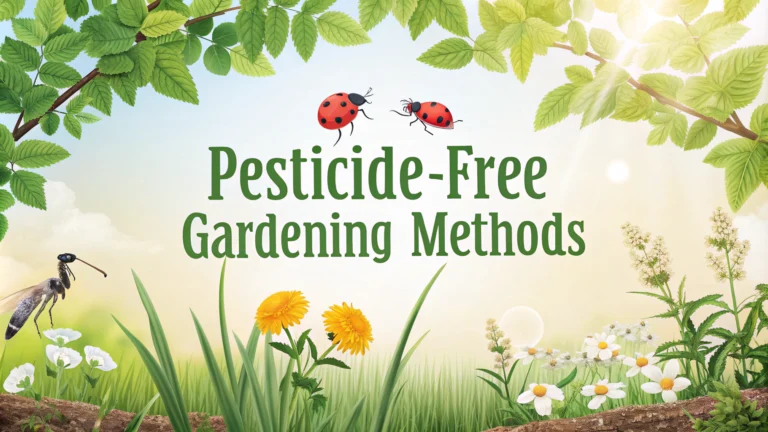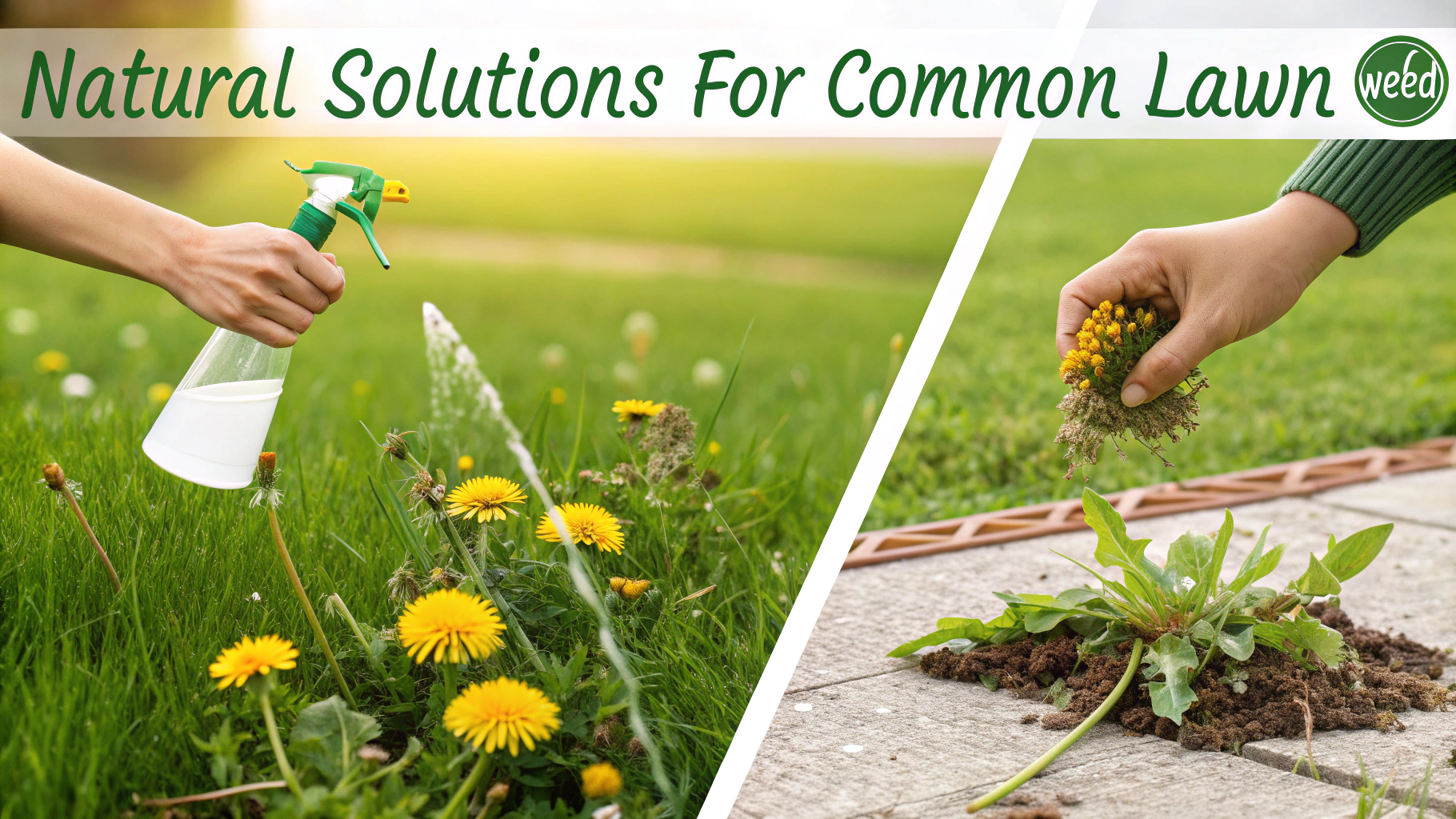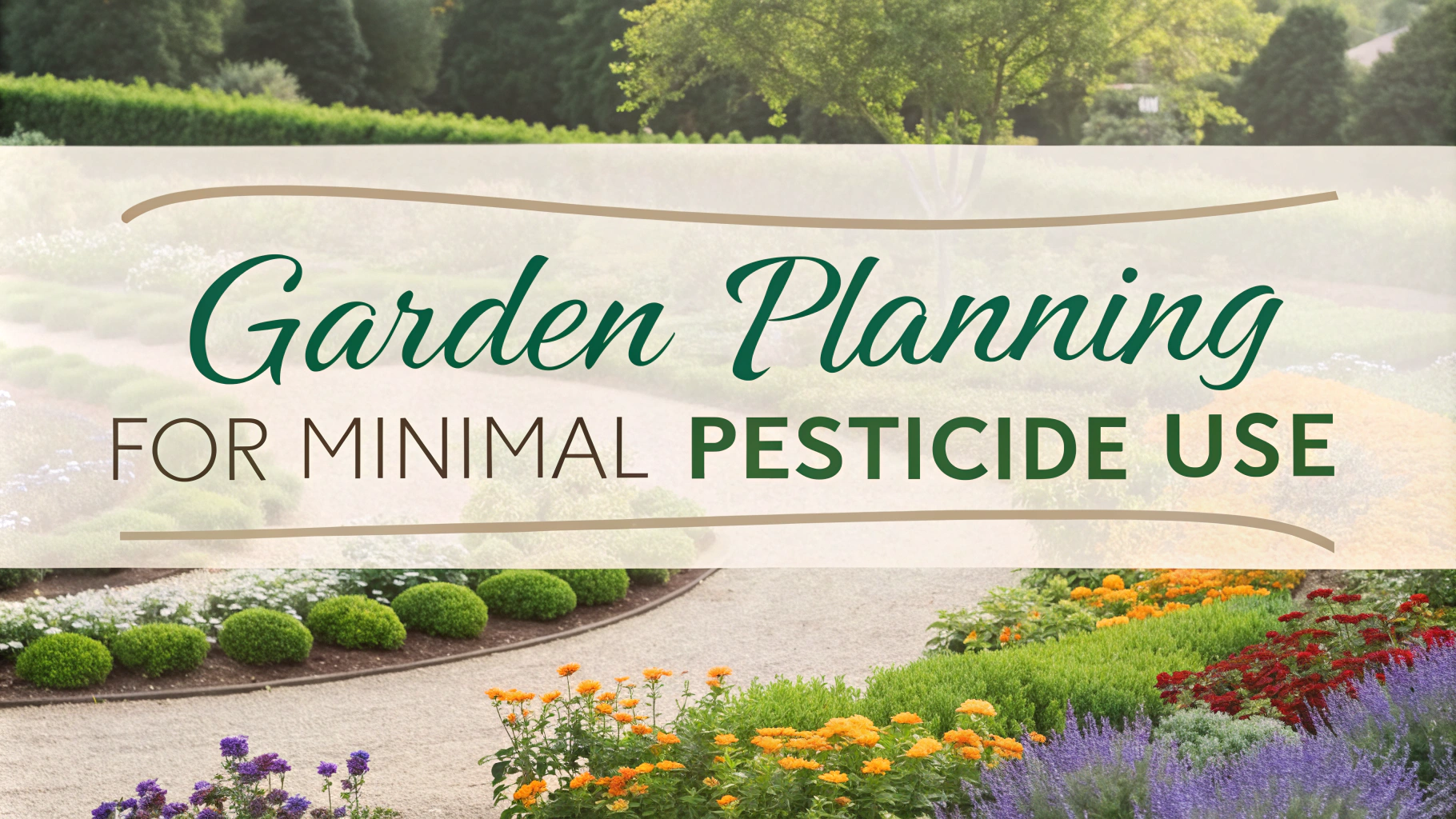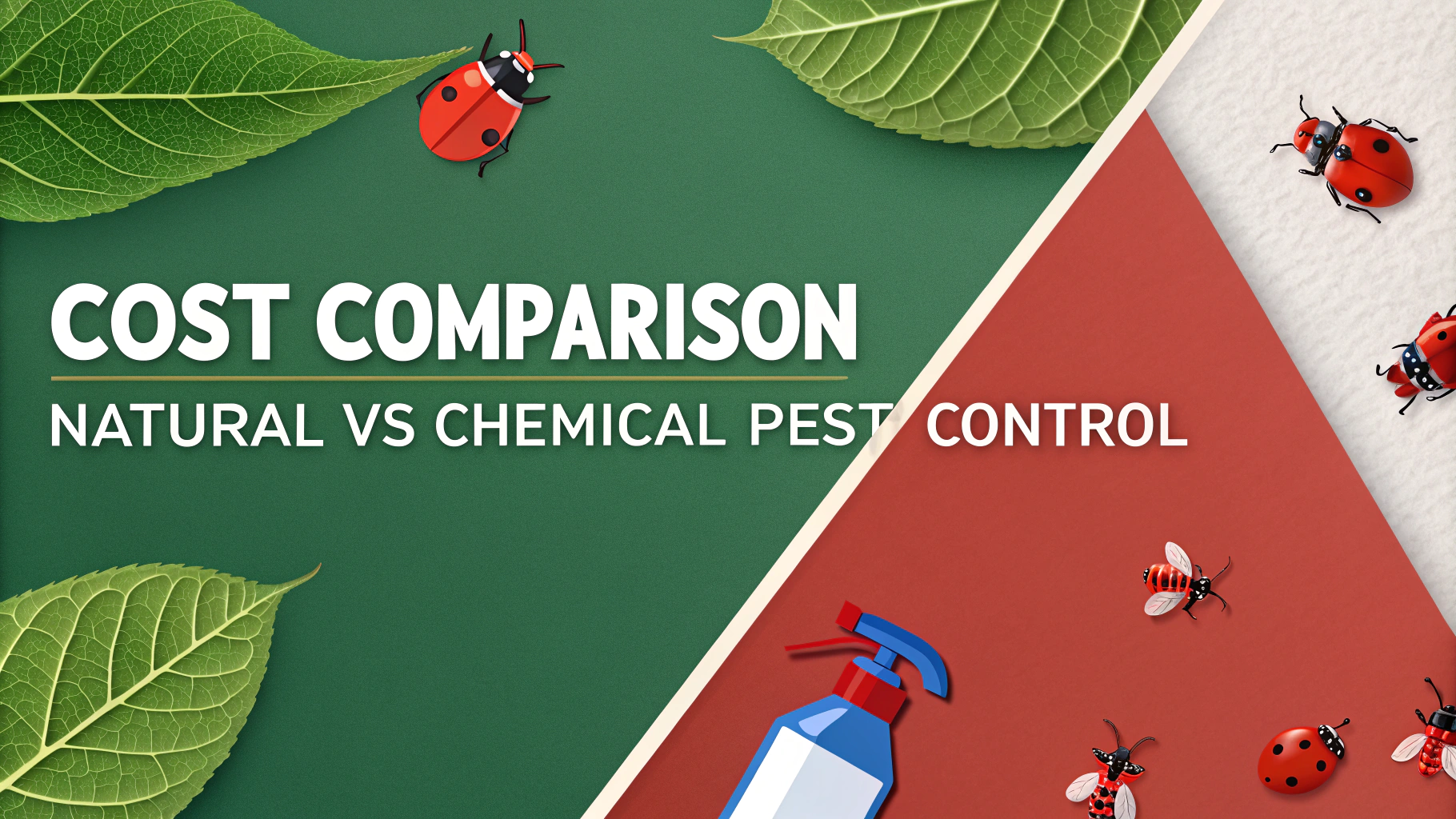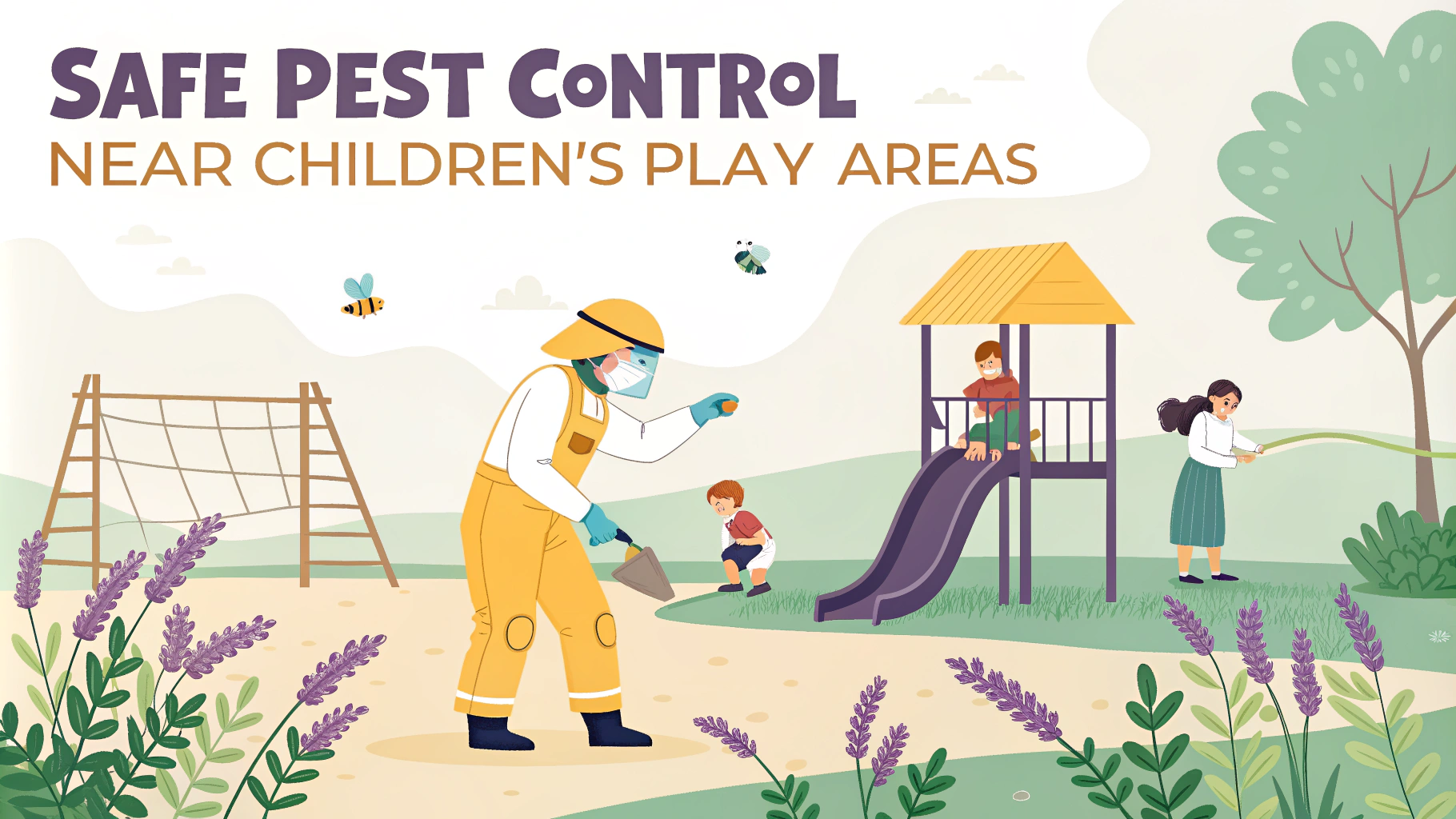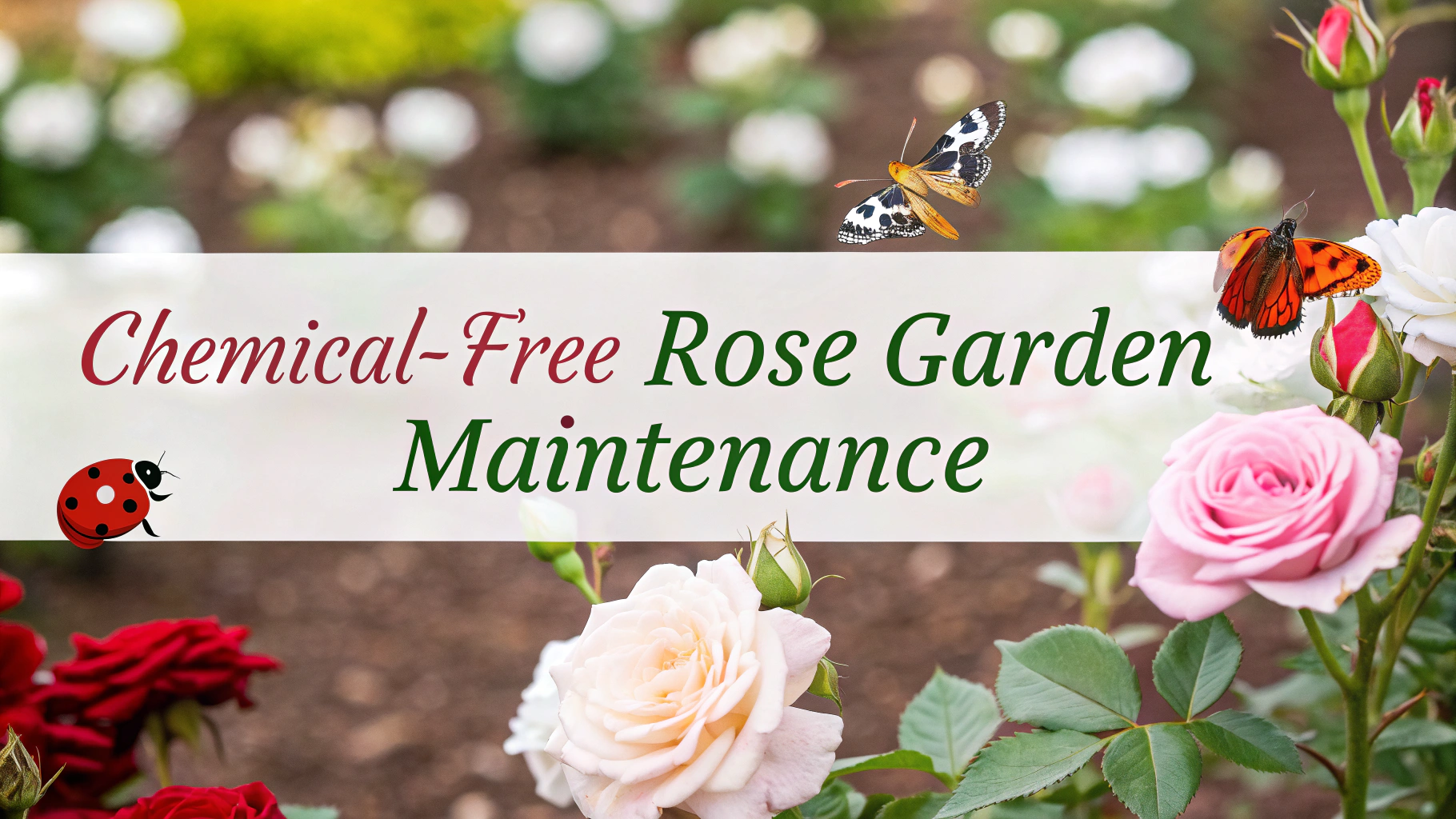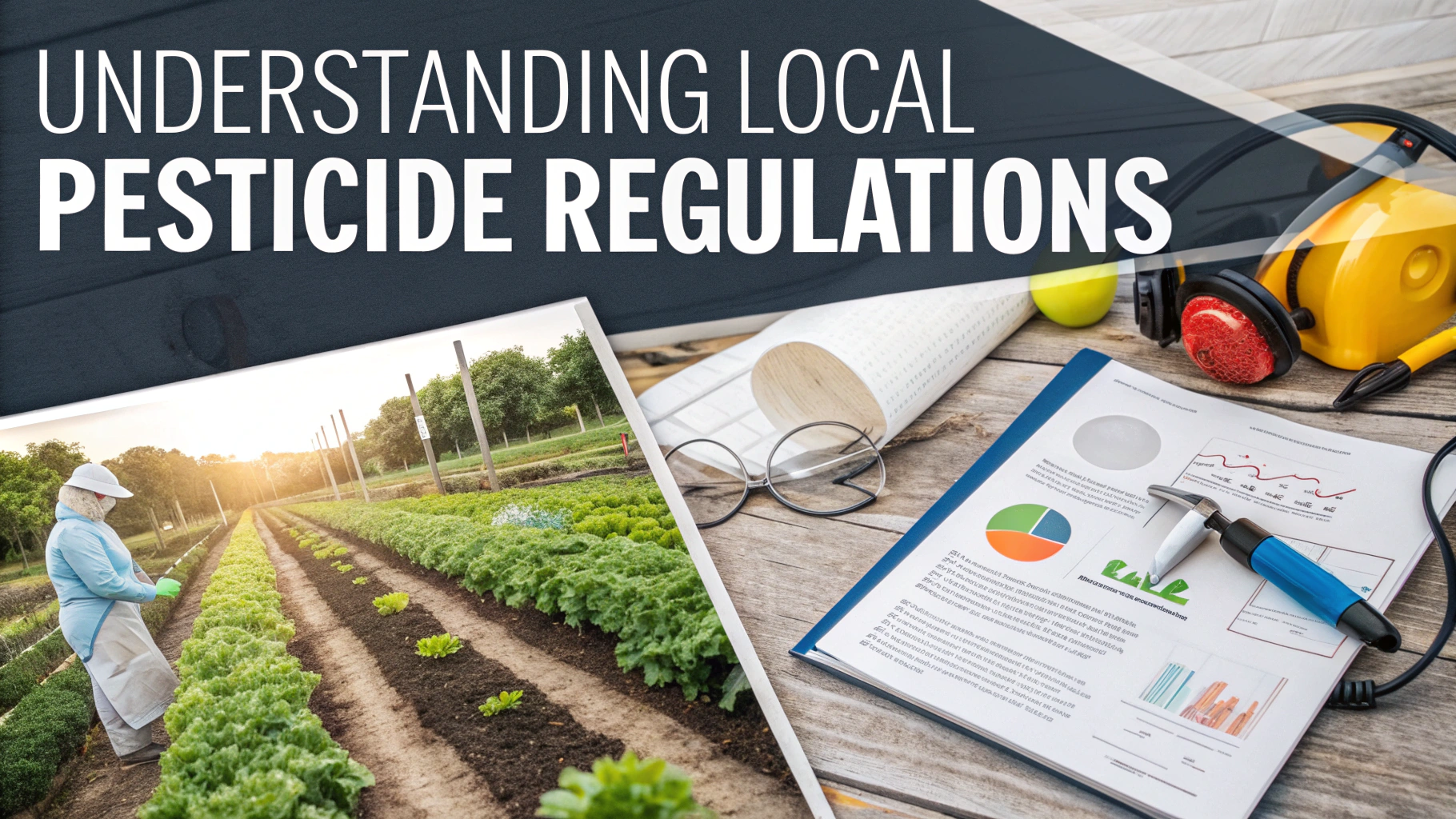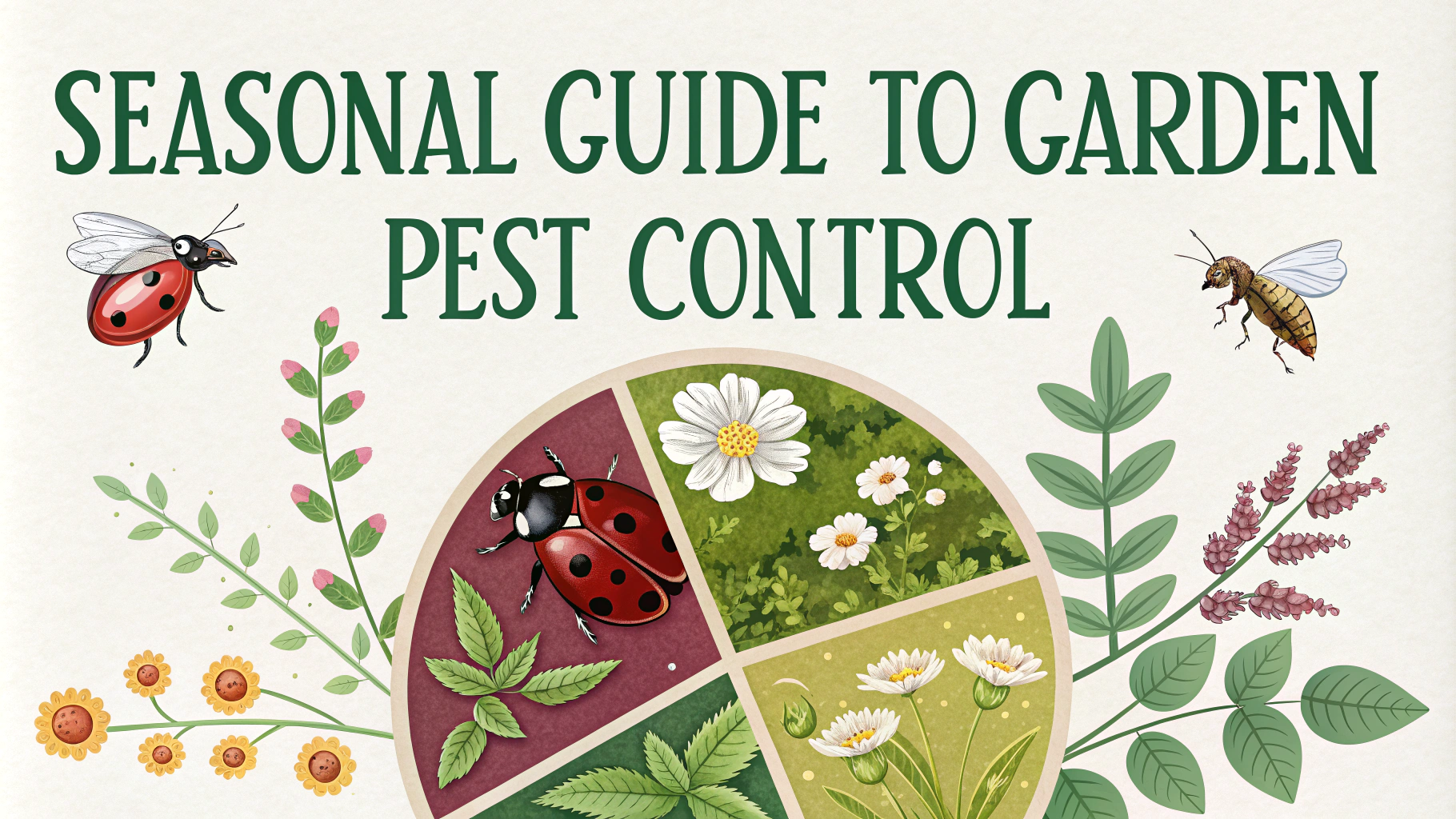Growing a healthy garden without chemical pesticides helps protect beneficial insects, soil health, and your family’s well-being.
Natural Pest Prevention Methods
- Companion planting: Place marigolds, nasturtiums, and herbs throughout your garden to repel harmful insects
- Crop rotation: Switch plant locations yearly to prevent pest populations from establishing
- Physical barriers: Install row covers, netting, or copper tape to block pest access
- Proper spacing: Allow adequate airflow between plants to reduce disease spread
Organic Pest Control Solutions
Mix a natural insecticidal soap spray using 1 tablespoon of pure castile soap per quart of water.
Create a garlic-pepper spray by blending 6 cloves of garlic, 1 hot pepper, and 1 cup of water, then strain and dilute with another cup of water.
Introduce beneficial insects like ladybugs, praying mantises, and parasitic wasps to control harmful pest populations.
Plant-Based Pest Deterrents
| Plant | Pests Repelled |
|---|---|
| Lavender | Moths, fleas, flies |
| Rosemary | Mosquitoes, cabbage moths |
| Chrysanthemums | Roaches, ants, ticks |
Soil Management Tips
Build healthy soil through regular composting and organic matter addition to strengthen plants’ natural pest resistance.
Maintain proper soil pH (6.0-7.0 for most plants) through regular testing and appropriate amendments.
Recommended Tools and Resources
- Hand-held vacuum for removing larger insects
- Yellow sticky traps for flying pests
- Diatomaceous earth for crawling insects
- Neem oil spray for multiple pest issues
Contact your local extension office for region-specific pest control guidance – find yours at USDA Extension Office Directory.
Monitoring and Prevention
Check plants weekly for signs of pest damage or disease to catch problems early.
Remove affected plant parts promptly and dispose of them away from your garden.
Keep a garden journal to track pest patterns and successful control methods for future reference.
Cultural Control Methods
- Maintain proper garden hygiene by removing debris and fallen leaves
- Water plants early in the day to reduce moisture-related diseases
- Prune overcrowded areas to improve air circulation
- Remove weeds that can harbor pests and diseases
Natural Predator Attraction
Create wildlife-friendly spaces with diverse flowering plants, water sources, and shelter to attract birds and beneficial insects.
Key Garden Allies
- Birds: Install birdhouses and baths
- Toads: Provide shallow water features and damp hiding spots
- Beneficial insects: Plant nectar-rich flowers like yarrow and dill
Emergency Response Plan
Develop a tiered approach to pest management:
- Identify the pest and assess damage levels
- Try manual removal methods first
- Apply organic deterrents if necessary
- Document effectiveness of interventions
Conclusion
Success in organic pest control requires patience, observation, and a holistic approach to garden health. Focus on prevention through strong soil health, biodiversity, and regular monitoring. When pest issues arise, start with the least invasive control methods and work up as needed.
Remember that some pest presence is normal and even beneficial – aim for balance rather than complete elimination. With consistent application of these natural methods, your garden can thrive while supporting local ecosystem health.
FAQs
- What are the most effective natural alternatives to chemical pesticides?
Companion planting, neem oil, insecticidal soaps, diatomaceous earth, beneficial insects like ladybugs and praying mantises, and garlic or hot pepper sprays are proven natural alternatives to chemical pesticides. - How can I prevent pest problems before they start in my garden?
Build healthy soil with compost, practice crop rotation, maintain proper plant spacing, keep the garden clean of debris, install physical barriers like row covers, and select pest-resistant plant varieties. - Which plants naturally repel common garden pests?
Marigolds repel nematodes, lavender deters moths and flies, basil keeps mosquitoes and flies away, chrysanthemums repel roaches and ants, and nasturtiums control aphids and squash bugs. - How do I make an effective homemade organic pest spray?
Mix 2 tablespoons of neem oil with 1 gallon of water and a few drops of mild liquid soap, or combine garlic, hot peppers, and water, strain the mixture, and spray on affected plants. - What beneficial insects should I attract to my garden?
Ladybugs, praying mantises, parasitic wasps, ground beetles, lacewings, and hoverflies are beneficial insects that naturally control pest populations in gardens. - How can I control weeds without using herbicides?
Use mulch, hand pulling, soil solarization, landscape fabric, corn gluten meal as a pre-emergent, and maintain proper plant spacing to naturally suppress weed growth. - What role does crop rotation play in pest management?
Crop rotation prevents pest populations from establishing, breaks disease cycles, maintains soil fertility, and reduces the need for chemical interventions by moving plant families to different locations each season. - How effective is companion planting for pest control?
Companion planting can reduce pest problems by 50-65% when properly implemented, particularly when combining aromatic herbs with vegetables and using trap crops to protect main crops. - What are the best physical barriers for protecting plants from pests?
Row covers, netting, copper tape for slugs, plant collars, sticky traps, and hardware cloth barriers are effective physical methods to prevent pest damage without chemicals. - How do I maintain healthy soil to prevent pest problems?
Add organic matter regularly, maintain proper pH levels (6.0-7.0 for most plants), ensure good drainage, practice no-till methods when possible, and avoid over-fertilizing to maintain soil health and plant resistance to pests.
